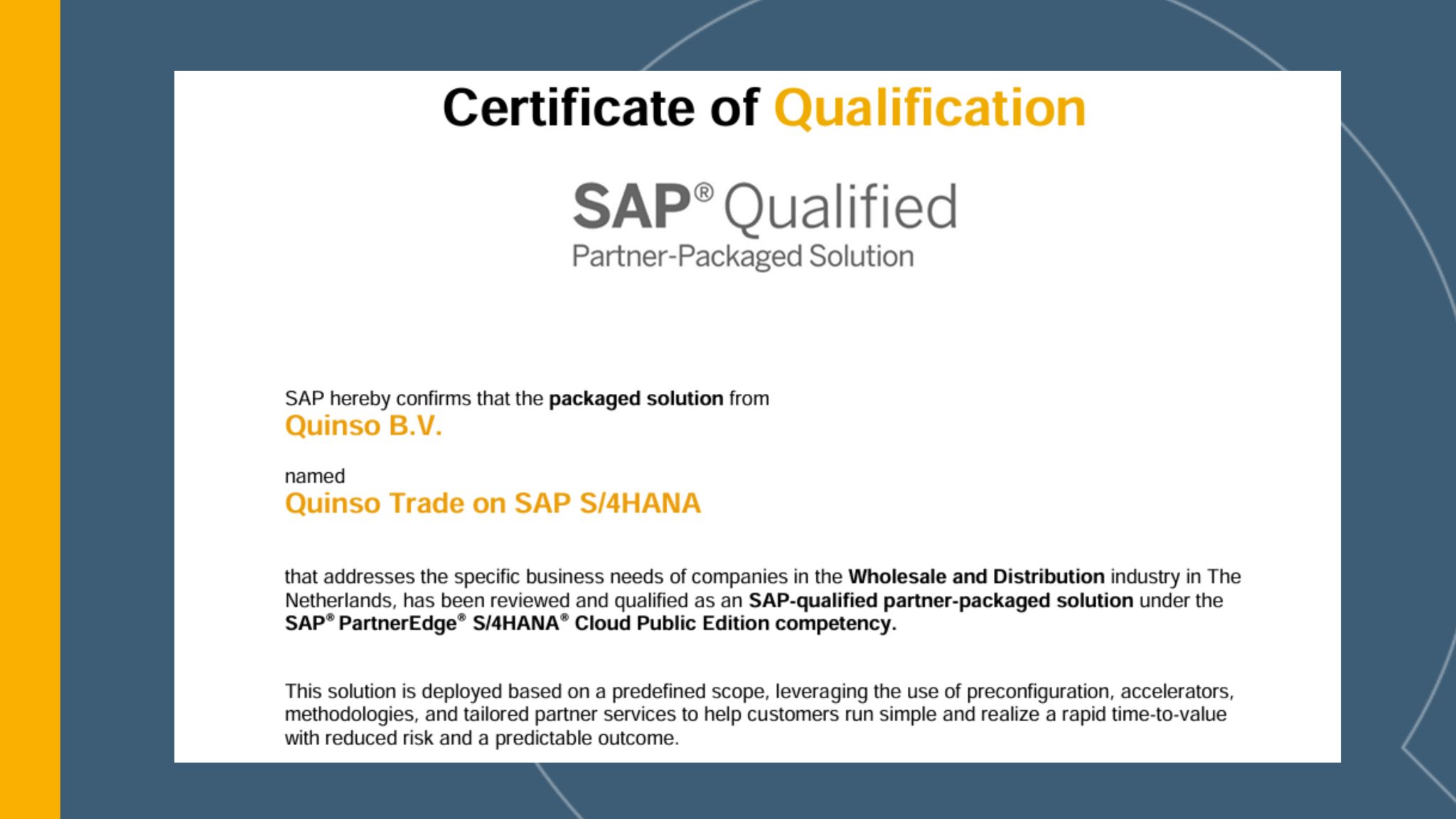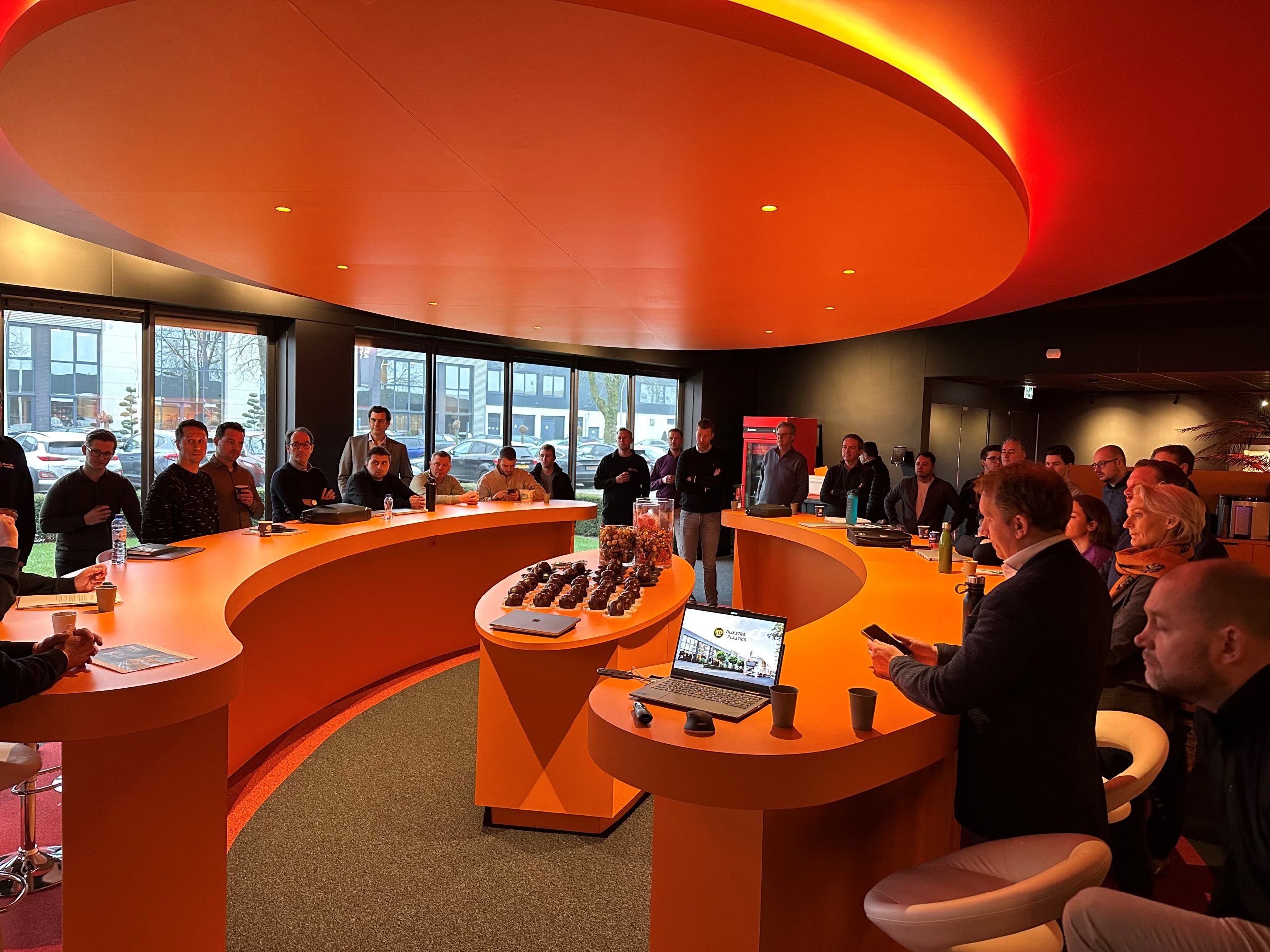Making products and providing services seem like two quantities that are far apart. Yet the traditional distinction between service providers and manufacturing companies is disappearing. Manufacturing companies are evolving into service providers. Those who do this well can make significantly more sales.

Historically, providing services has not been part of the DNA of manufacturing companies. Yes, manufacturing companies provide services. But those services generally consisted of services related to the quality of the product provided. Is something broken? Then we will come and repair or replace it. The next logical step in the evolution from manufacturing company to service provider is for manufacturing companies to enter into maintenance contracts and perhaps stock spare parts for customers. Offering services such as consulting and training is also part of the traditional package of services offered by manufacturing companies. But it doesn’t stop here.
More and more service
In recent years, manufacturing companies have realized that services are just as commercially interesting as the products themselves. And perhaps even more interesting, in part because margins on services can be higher than margins on products. Moreover, providing services provides a continuing stream of income. In addition, services contribute positively to the customer relationship and allow a producer with an interchangeable product to really distinguish itself from the competition with intelligent services.
We are now at a unique moment in time when various technological innovations are making it even more interesting and easier for manufacturing companies to provide services. Consider, for example, sensors, mobile technology and associated intelligent software. The builder of a device or machine can remotely monitor how the device is being used. Does a component of the system vibrate louder than it should? Then the next day there will be a mechanic who comes to fix the problem AND who also – not coincidentally – already has the right part with him.
Plenty of opportunities for a new business model
Manufacturing companies traditionally focused on the transaction. Now the focus shifts to the relationship. The development in which service is no longer a cost but a profit center is called servitization. In this new model, manufacturing companies no longer supply products, but complete solutions, consisting of products as well as complementary services. From consulting, and maintenance to integration, training and optimization. Solutions that moreover can be settled on a price per <fill in>.
Many companies have already started this movement. Examples abound. Rolls-Royce, for example, does not sell overpriced aircraft engines, but charges based on the hours their engine is in operation. With Signify, you don’t buy lamps but light hours. Robot manufacturer KUKA is no longer selling robots, but gluing and welding capacity. Desso provides carpet as a service. Ahrend not only sells furniture, but also provides maintenance, cabling, internal moving services, financing, acoustic advice, ergonomic research and even workplace cleaning.
Rather a new robot
There has been recent research on the impact of servitization on the manufacturing industry. According to research by NIBC Bank, for example, the average operating profit after depreciation of services at many companies is a factor of 2 to 5 higher than that of products. In the report “Servitization: service is the future of the industry,” ABN AMRO puts it even more starkly: “The main argument for embarking on servitization is the promise of a pot of gold.”
Yet there are companies that are not yet taking advantage of this opportunity. Switching to a new business model is not easy, of course. After all, you have to come up with services that fit your organization and your customers. Investing in technology. Review business processes. You have to move your organization and your people as well as market everything in the right way.
In my experience, manufacturing companies are often family businesses that put people before machines. And machines over IT. Some manufacturing companies use systems that are just 10, 15, 20 years old. Since it all works fine, they prefer to stay away from it. They would much rather buy a new robot than the software needed to support another model. Too bad, because this leaves no room for flexibility or convenience.
Inspire and support
As business development manager at Quinso, I regularly have conversations with customers who do see these opportunities and want to take steps toward servitization. Servitization is not something you implement overnight. It is a process. A journey. That journey begins with defining a clear dot on the horizon. Where do you want to go as an organization? What solutions could you offer? How could you combine your product with consulting, maintenance, training, financing and other services? What customer need does such a solution solve? Once that dot is clear, you need to start looking again at your processes and redesign them where necessary and then support them with the right software.
Quinso is the party that inspires customers in the field of servitization. You can spar with us on how best to approach this. And once you have determined the dot on your horizon, we are experts in customizing business processes and the software that supports them.
An Intelligent Manufacturer is one that understands developments in the manufacturing industry and responds intelligently to them to grow its business. You want that too, don’t you? From our practical experience at manufacturing companies, we are very happy to share knowledge, ideas and examples that will help you arrive at a business model that combines products and services. Learn more at Become a Smart Manufacturer.



